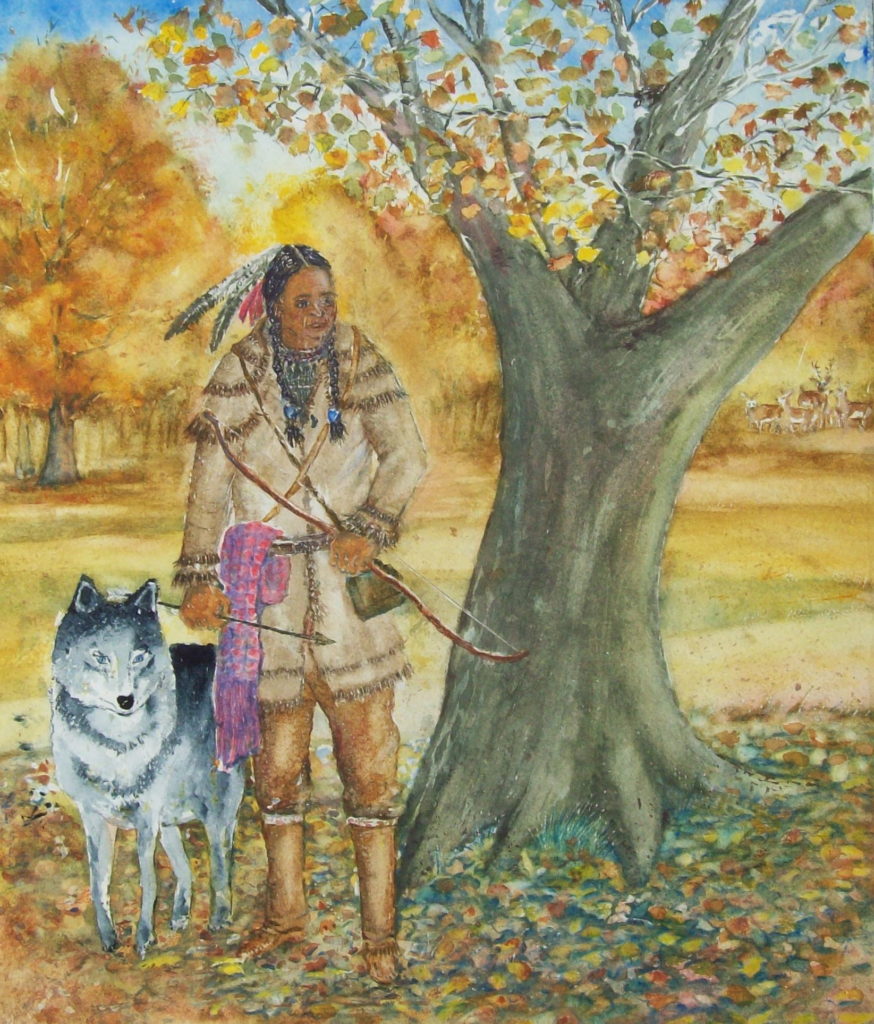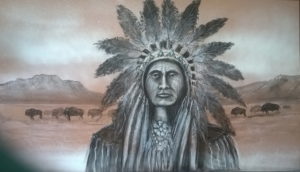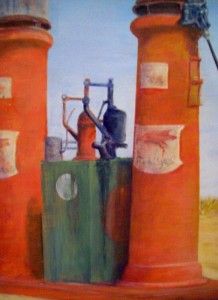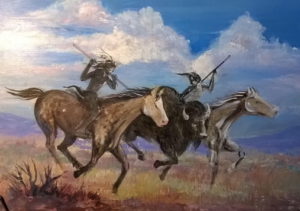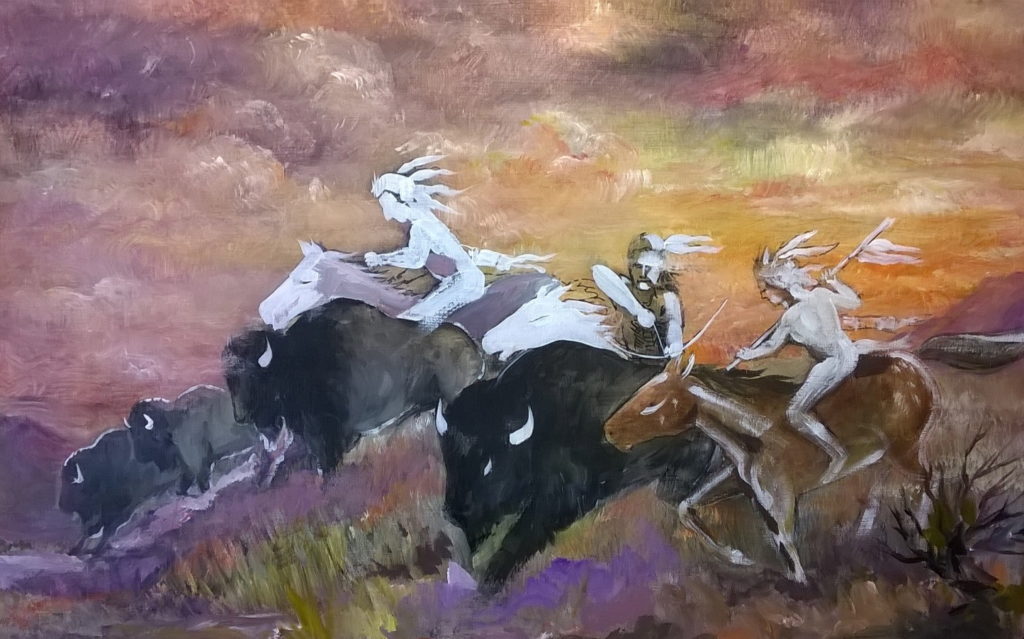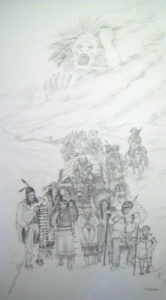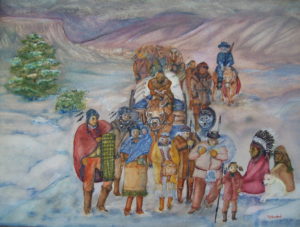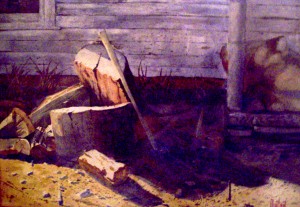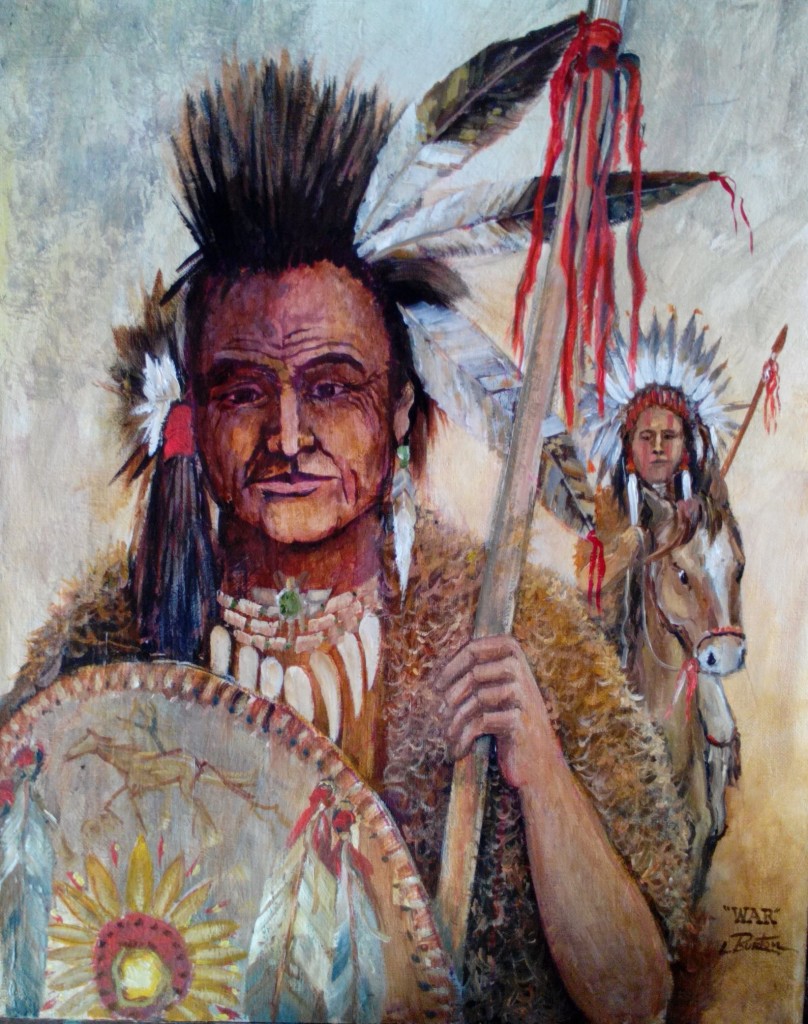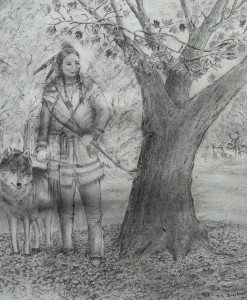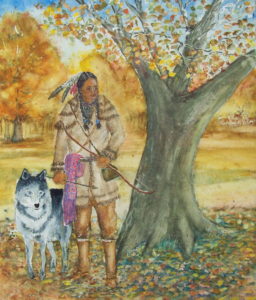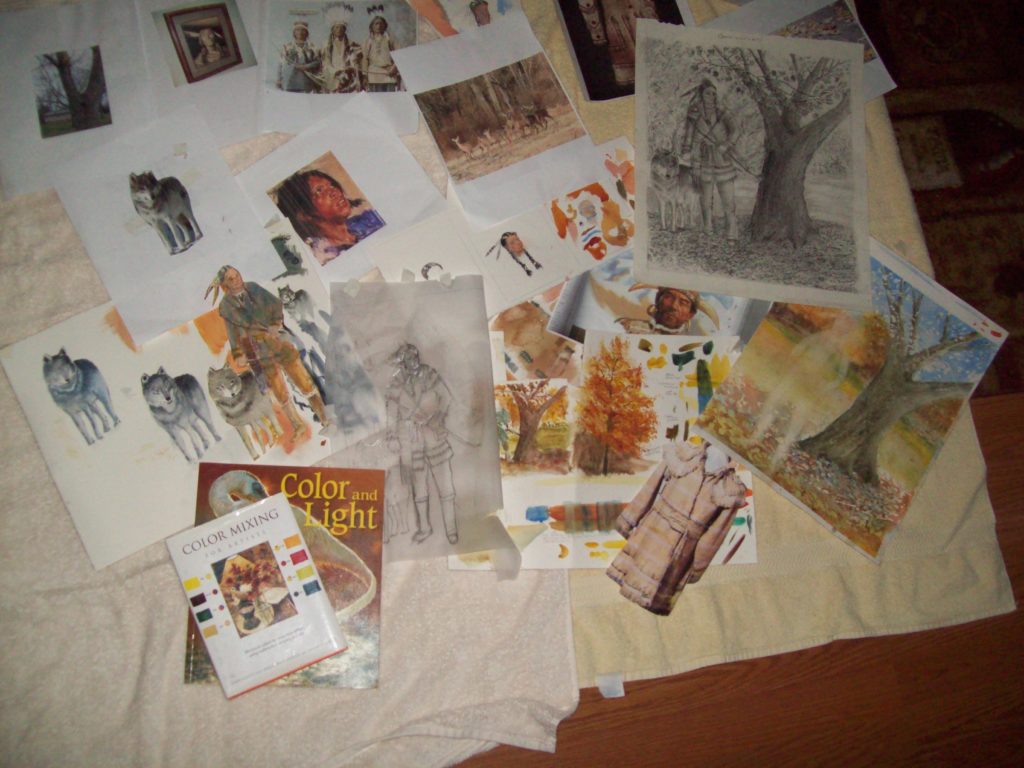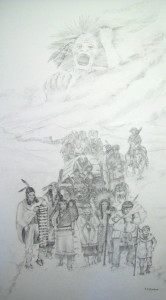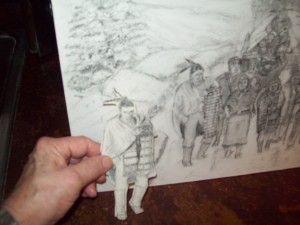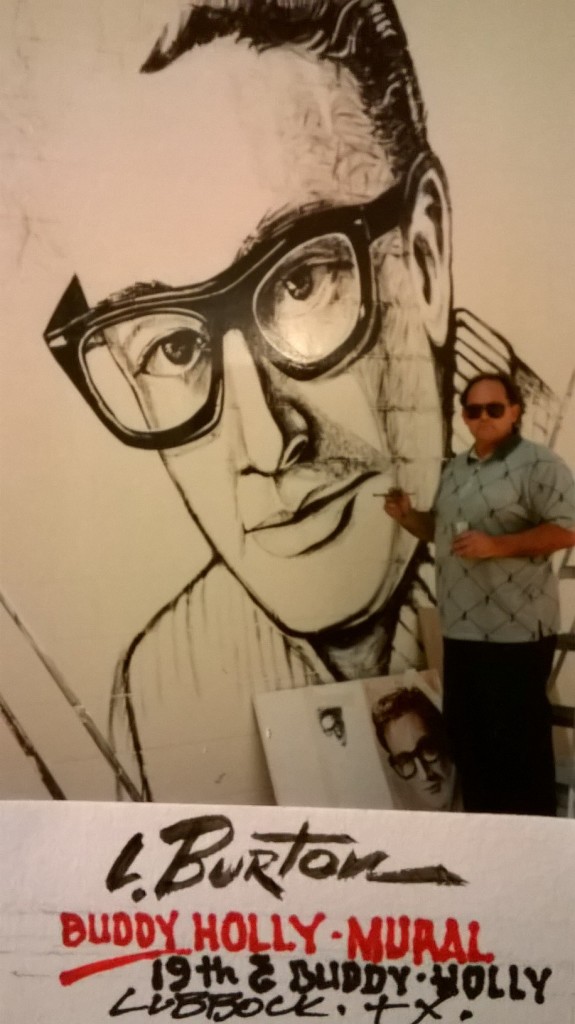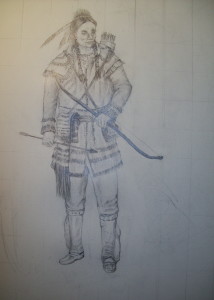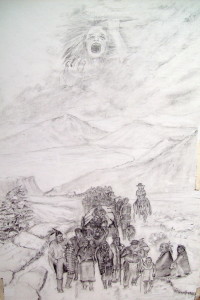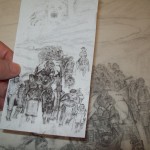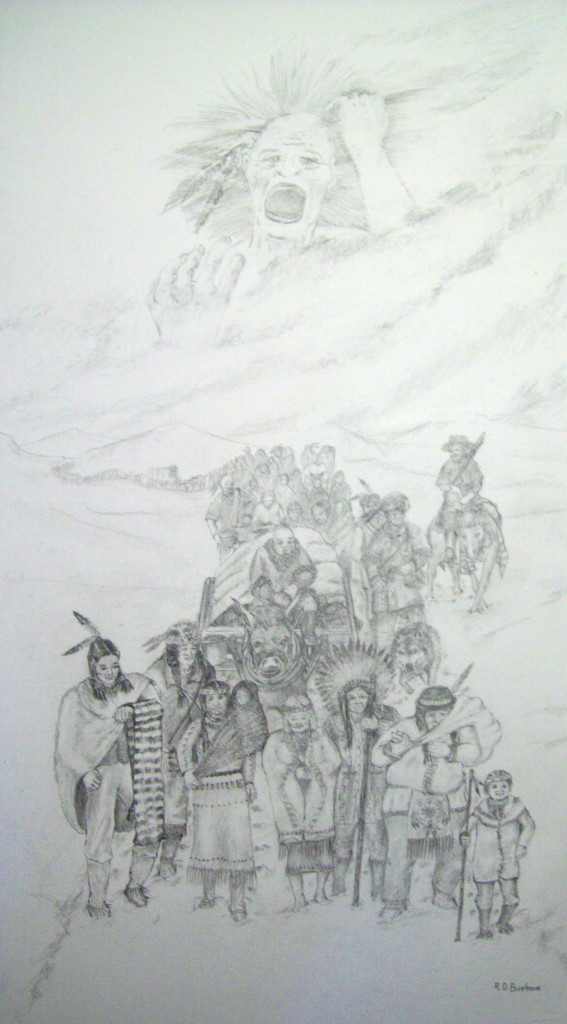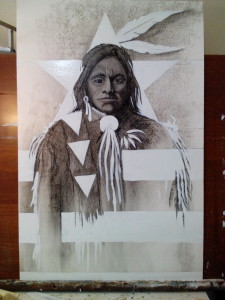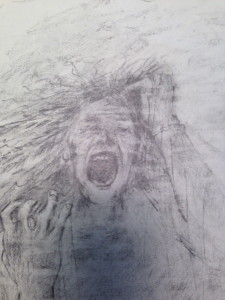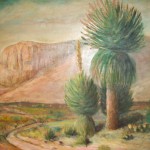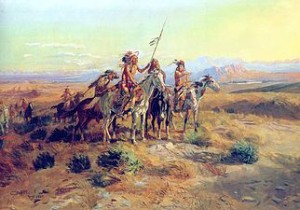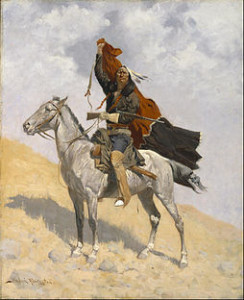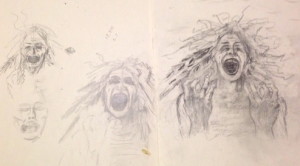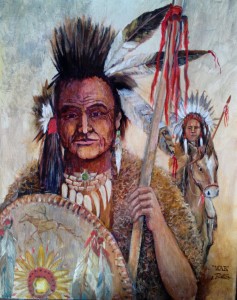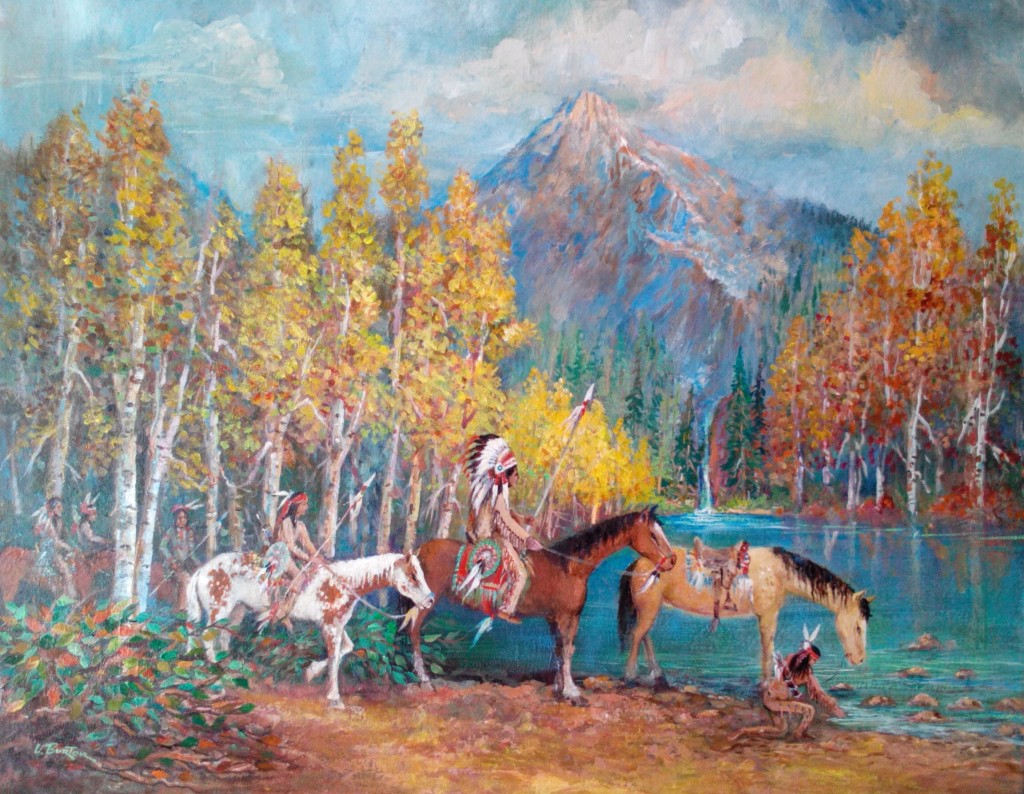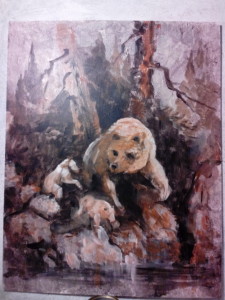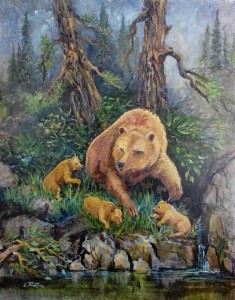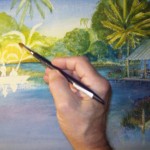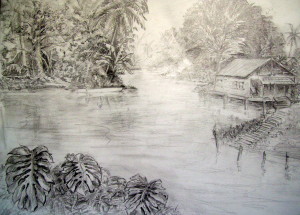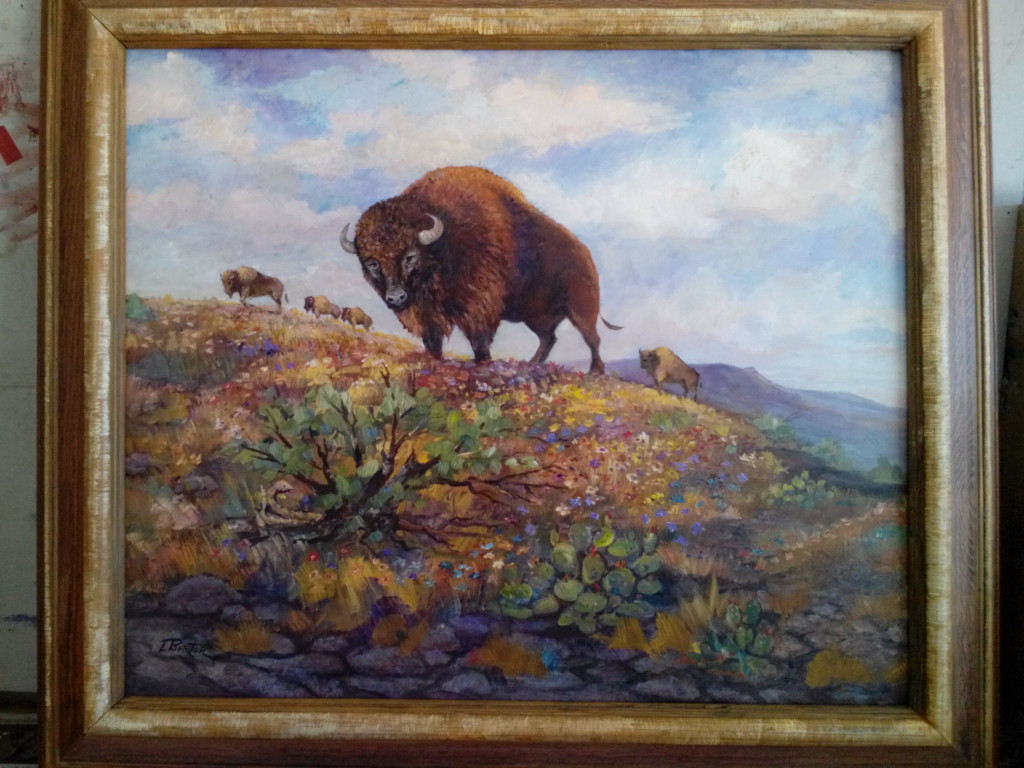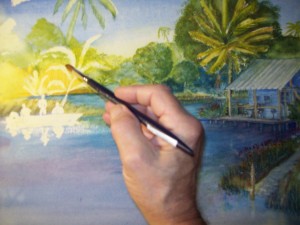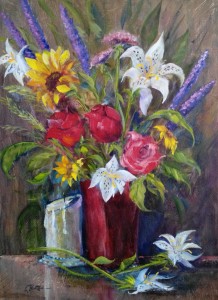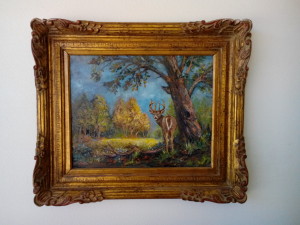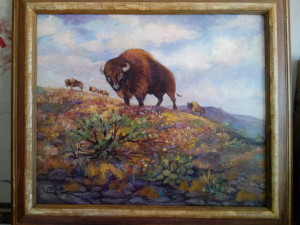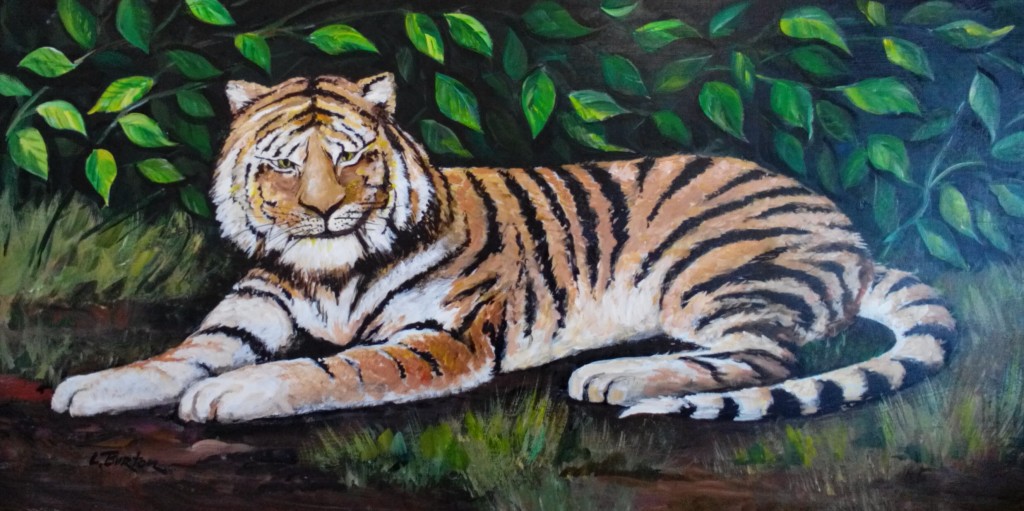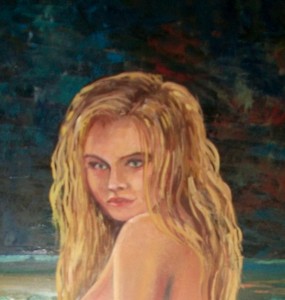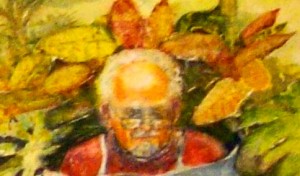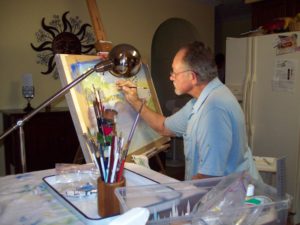
When an artist decides to paint or draw a historic composition, they should do their homework.
I have been working on a series of compositions representing the Cherokee Indians during the period of Jackson’s Removal, or, better known as The Trail of Tears. I find it hard to describe the many times I searched the internet, encyclopedias, and other books to find different clothing, weapons, blankets, and even feathers, and other head gear of the time in history that was depicted. I’ve done a great deal of study, and still I’m sure I haven’t got it totally correct. That’s the problem with historic compositions, you not only have artists critical of composition, color, chroma, lighting, style, etc., but you have your historians. You can’t win, but it doesn’t matter…just do your homework, and try to do it right.
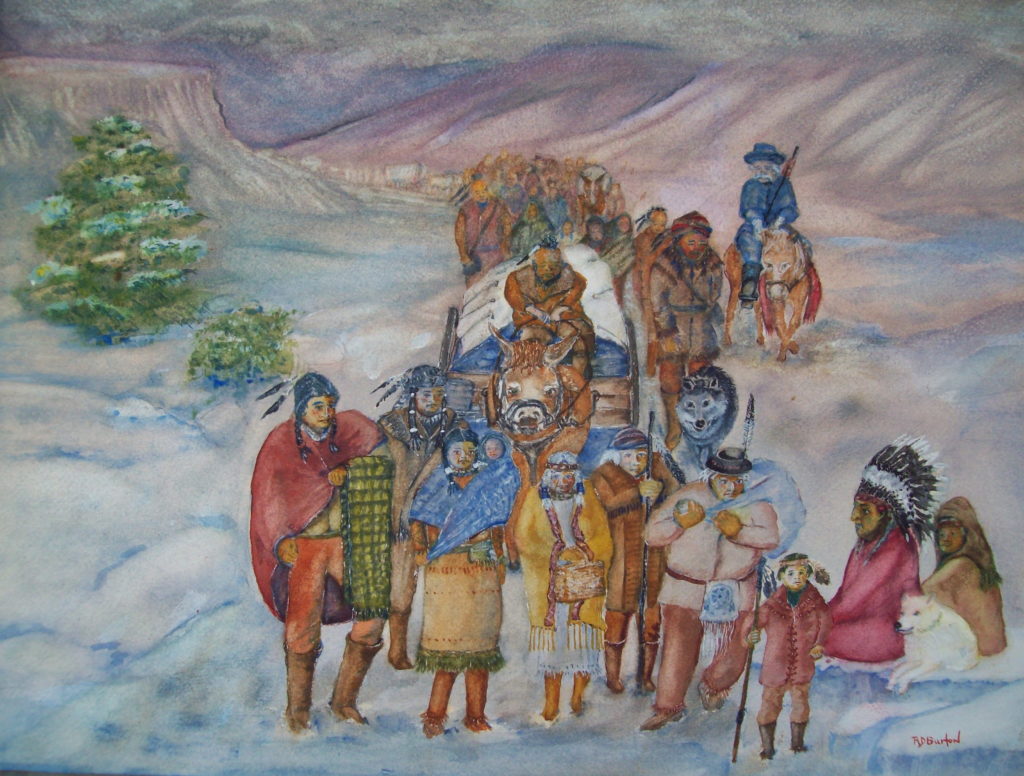
The painting above is only 1/2 the painting I intend to do. The other half is a high sky with an angry spirit floating and folding from the clouds. To see this composition depicted with graphite you can click on one of the sights listed at bottom right side. I’m still going to do a little more study on the clothing that shows more original decorations sewn into the clothing.

Between the graphite drawing and painting “Trail of Tears”, I painted a picture that I named “Down Wind Wait”. Mostly, just to practice. To the left you can see there was not only several picture studies, but I actually did a complete drawing of the picture.
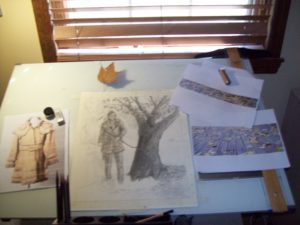
Below you can see I used a picture depicting a jacket of the 1830s and 40s used by the Cherokee Nation.
Again, there is a plethora of information available on the internet from leaves in a breeze to the squirm of a worm. I can find how to do a special type of “wet-in-wet” wash with my watercolors. I can even be the person to talk to the world; such as, in this case, an art blog.
Never before have we had the opportunity as artists to simply go to the internet, select our favorite search engine, and ask it to show us a picture of anything, and it will. Incidentally, I just asked Bing to show me a picture of anything, and it will blow your mind what all it offered me.
I recommend you go to the top of the page and visit all our family art galleries. More of Lynn Burton’s works can be found by copying the following link, and typing in Lynn Burton on the search: http://fineartamerica.com/ or click on the picture below.
Be sure to enter for our newsletter at upper right.
